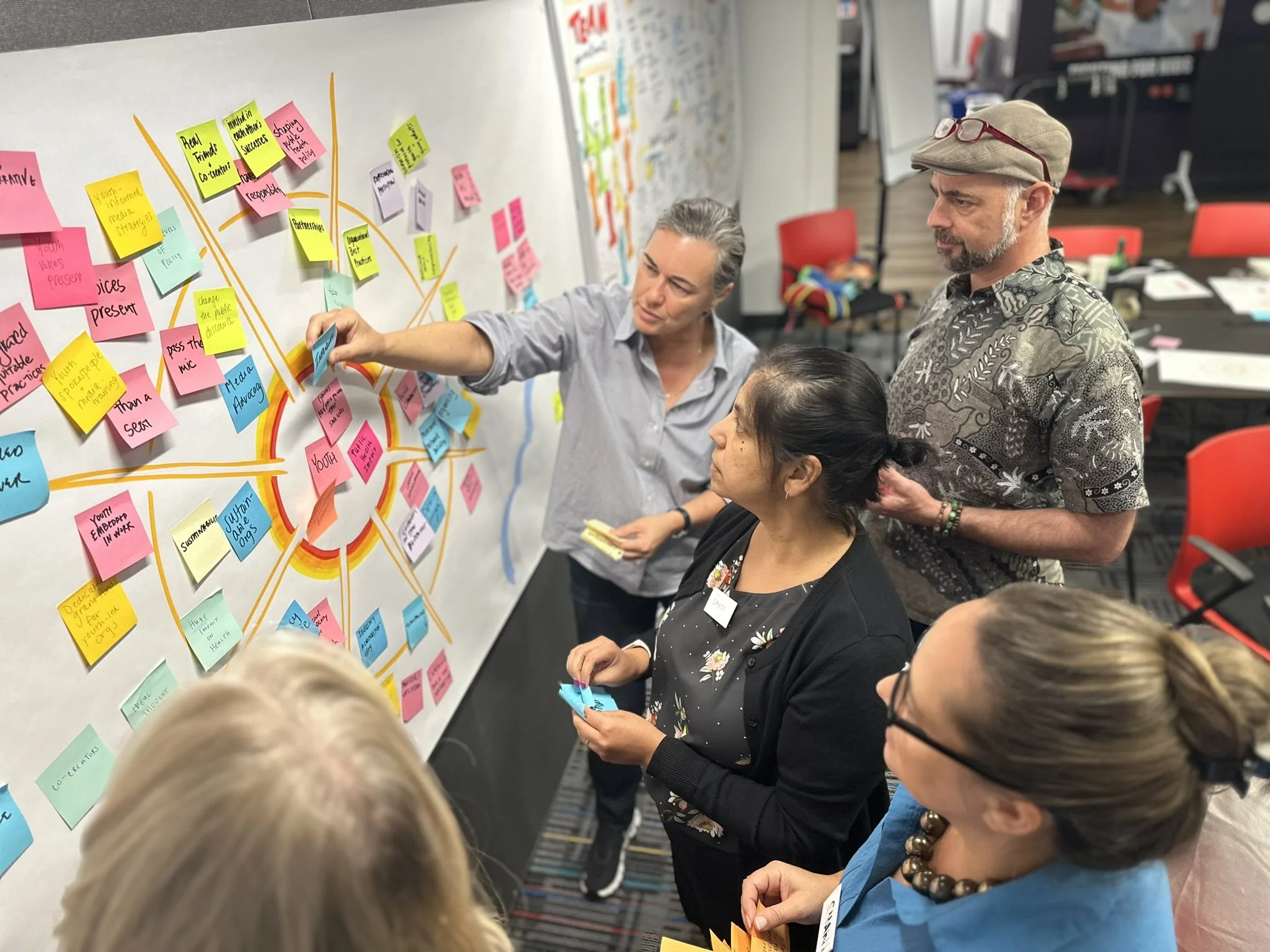What is Facilitation, and Why Does It Matter?
A great facilitator isn’t the loudest voice in the room. You’re the guide, the neutral party who creates the space for others to shine. Your role is to help participants share ideas, make decisions, and leave feeling like the session was time well spent. Good facilitation takes preparation, patience, and an obsessive focus on outcomes.
Facilitating Groups You’re a Part Of
Facilitating a team you’re already a member of can be tricky—you’re wearing two hats. Define your role clearly and be transparent about how you’ll manage bias. When in doubt, it’s okay to bring in an external facilitator, especially for high-stakes conversations.
Facing Difficult Situations
Sometimes you’re handed a tough crowd, an unrealistic agenda, or unforeseen setbacks. The best approach? Stay calm, flexible, and solutions-oriented. For example, if participants are disengaged, be ready to pivot—bring in an energizing activity or shift the focus to address what matters to them.
Finding the Right Job
If you’re interested in facilitation as a career, start by building your skills in areas like leadership, communication, and decision-making. If you’re already on the path, networking is key. Seek out gigs through industry connections, facilitation communities, or by creating your own opportunities.
Designing Memorable & Effective Sessions
The secret to a great session is a combination of structure and creativity. Focus on what participants need to walk away with and work backward. Use tools, exercises, and even storytelling to spark collaboration and engagement. Pro tip? Plan a warm-up activity to break the ice and get people into the flow.
Finding Alignment and Reaching Decisions
Reaching consensus can be a minefield. To bring alignment, clearly define decision-making criteria early. Use visual tools to map out everyone’s thoughts and perspectives. If disagreements arise, focus on shared goals to bring people back together.
Maintaining Momentum After Sessions
The work of an offsite doesn’t end when people pack up and leave. Set clear next steps before wrapping up, and follow up shortly after with documented outcomes, assignments, and timelines. Keeping the momentum alive ensures the effort spent in the room isn’t wasted.
Securing Stakeholder Buy-In
Convincing stakeholders to back an offsite requires you to make a strong case. Show them the potential ROI—clarified objectives, stronger relationships, and more engaged teams. During the offsite, keep them involved without letting them dominate the session.
Setting Your Rate and Getting Paid
Facilitating an offsite is hard work, and you deserve fair compensation. Research fees in your field and communicate your value clearly to clients. Be transparent about what your rate includes (e.g., prep time, materials). And don’t shy away from stating your worth—you are, after all, helping guide their success.
Managing Time and Engagement
Keeping sessions on track is all about thoughtful planning. Build in buffer time, but also stick firmly to your agenda. Use active, engaging techniques to hold participants' attention. This might mean breaking into small groups, gamifying activities, or using humor and storytelling.
Staying Up-to-Date and Managing Energy
The facilitation world is always evolving. Keep learning—new tools, methods, and trends can elevate your sessions. At the same time, managing your personal energy and capacity is critical. Build in breaks, say “no” when you’re overloaded, and prioritize your own growth.
Final Thoughts
Facilitating offsites is as much art as it is science. From managing practical logistics to guiding emotional dynamics, no two days are quite the same. But that’s the beauty of it. With thoughtful preparation, solid techniques, and a touch of creativity, you can turn any offsite into a meaningful and memorable experience. Time to go win that room!

